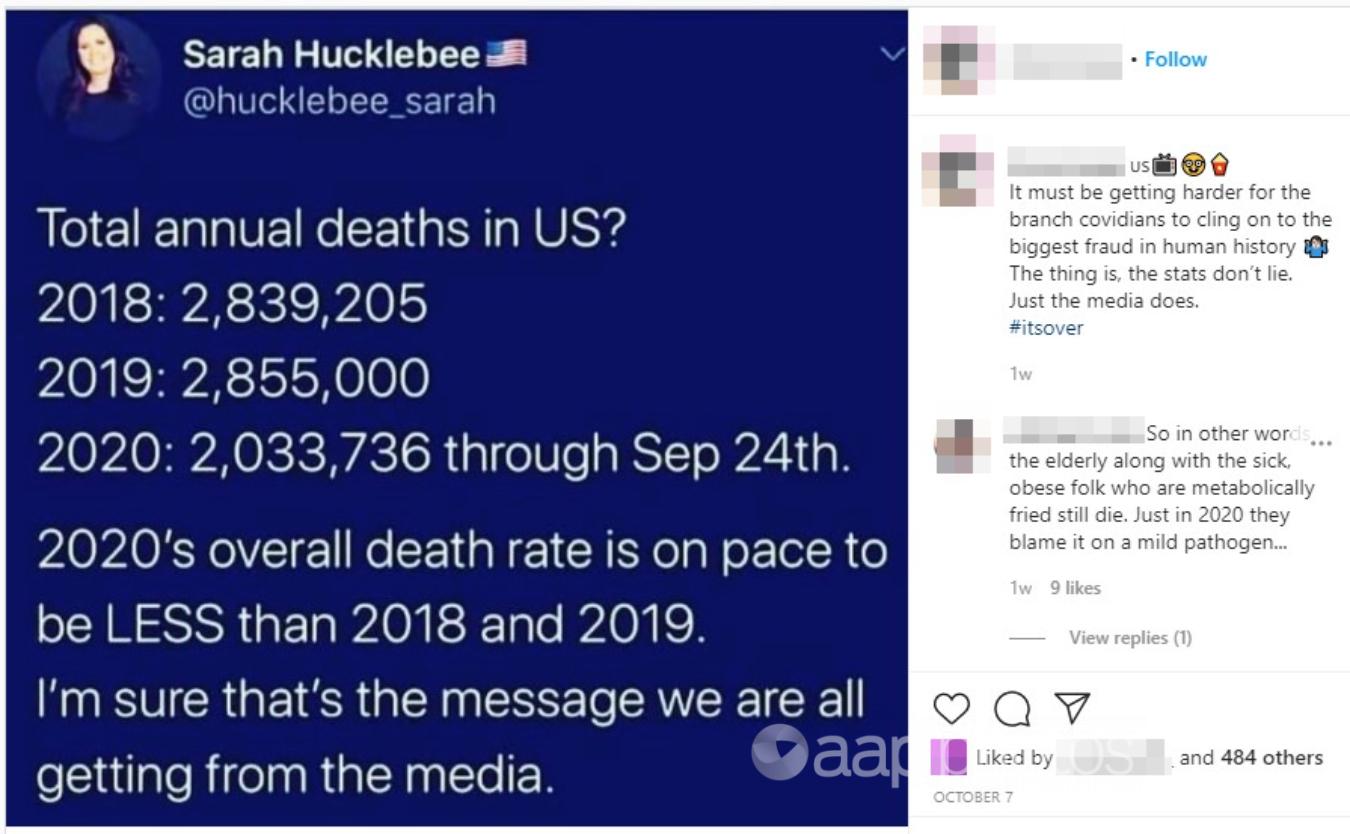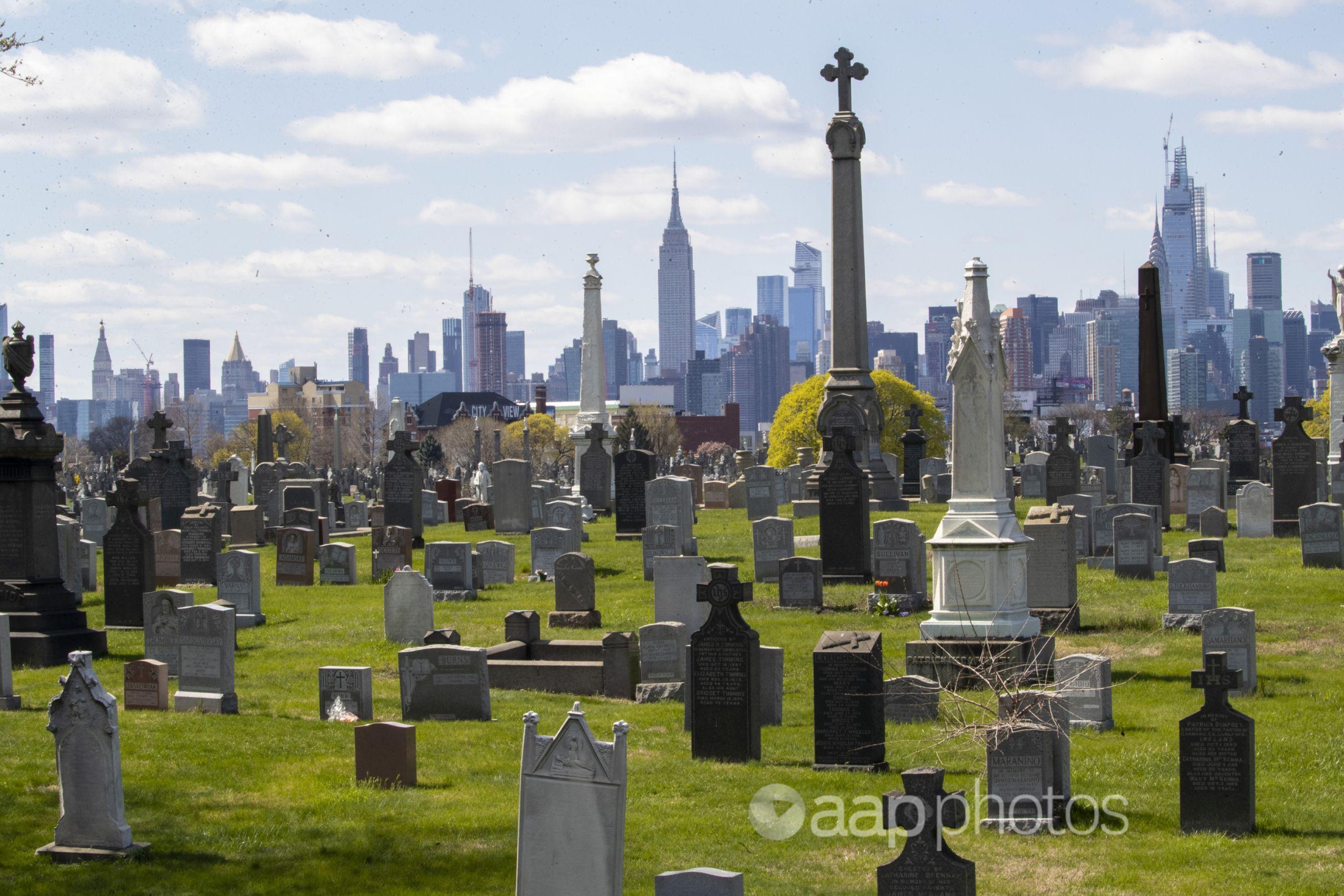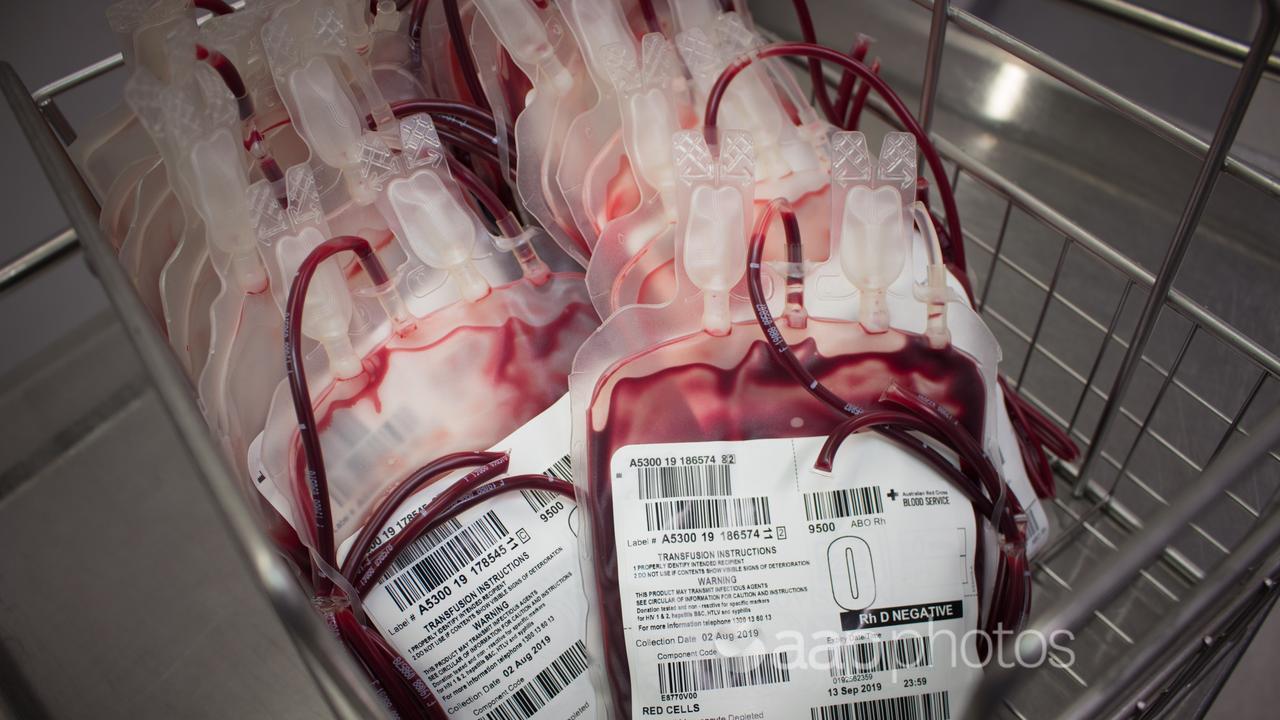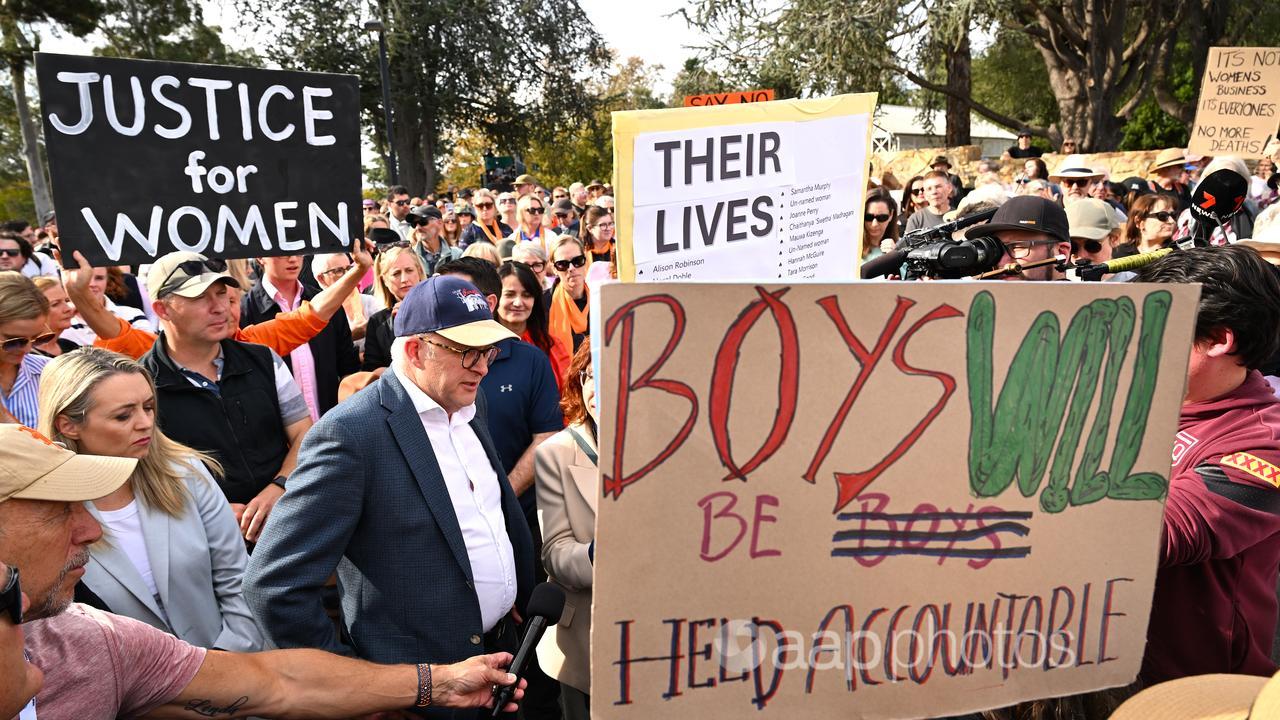The Statement
An Instagram post suggests the United States is on track for a lower death rate in 2020 despite the COVID-19 pandemic.
The October 7 post features a screenshot of a tweet from a user named Sarah Hucklebee which says:
“Total annual deaths in US?
2018: 2,839,205
2019: 2,855,000
2020: 2,033,736 through Sep 24th.”
It goes on to state: “2020’s overall death rate is on pace to be LESS than 2018 and 2019. I’m sure that’s the message we are all getting from the media.”
The caption on the Instagram post adds: “It must be getting harder for the branch covidians to cling on to the biggest fraud in human history. The thing is, the stats don’t lie. Just the media does.”
At the time of publication, the post had been viewed around 13,200 times, attracting more than 450 likes.

The Analysis
While some of the figures included in the tweet are accurate, the tally of 2020 deaths in the United States is well below the true count, according to data provided by the US Centers for Disease Control and Prevention (CDC).
The post also fails to take into consideration seasonal factors when wrongly concluding that the US was likely to record fewer deaths in 2020 than previous years.
The figures in the tweet all appear to have been drawn from CDC data. In its report, Mortality in the United States, 2018, released in January 2020, the CDC’s National Center for Health Statistics (NCHS) said 2,839,205 resident deaths had been registered in the US that year.
Provisional counts for 2019 show there had been 2,855,000 deaths recorded in the 12 months ending in December. The CDC told AAP FactCheck via email that final 2019 death data will not be available until later in 2020.
The tweet, posted to Twitter on September 25, adds that there were 2,033,736 deaths in the United States in 2020 “through Sep 24th”.
This tally, however, is significantly below the closest equivalent figure provided by the CDC, which told AAP FactCheck its provisional records showed 2,309,502 deaths in the US in 2020 up to and including September 19.
The tweet’s claim that the US is on track for fewer deaths in 2020 than previous years appears to be based on comparing the daily death rates for each year.
For the year up to and including September 24, the 2020 daily death rate stood at 7,589, based on the figure provided in the tweet.
If the US were to record the same death rate throughout 2020, a leap year, as it had purportedly recorded to September 24, there would be 2,777,416 deaths – lower than the 2018 and 2019 tallies.
However the annual tally based on the CDC’s updated figure of 2,309,502 to September 19, which is in line with its weekly provisional death counts, would provide a daily death rate of 8,771 and an annual toll of 3,213,984 for 2020 – significantly higher than for either 2018 or 2019.
The apparent calculation to produce the tweet’s claim also fails to take into account the highly seasonal nature of the death data. In 2017, according to the CDC, the average daily number of deaths in December was 16.6 per cent higher than in July.
The figures bottom out in summer and steadily rise from September until the end of the year. Based on this trend, the daily death rate would be expected to accelerate through the remainder of 2020.
The NCHS has its own provisional tally of deaths from all causes – and how these compared to “expected deaths” using figures from an average of the equivalent periods in 2017 to 2019.
The tally showed there were 11 per cent more deaths than expected in the US by the week ending October 10. The CDC notes that the deaths reported in the tally are only those recorded by the date of analysis, not all those that would have occurred.
Due to this, it is likely to underestimate the total number of deaths and the rate of unexpected deaths.
The CDC said research on the “excess deaths” could provide more information about the mortality burden of the COVID-19 pandemic.
This research estimated that the weekly rate of excess deaths in the US peaked at as high as 40 per cent of the normal tally in April 2020 (see graph).
Research from academics at the Virginia Commonwealth University School of Medicine and the Yale School of Public Health found there were around 20 per cent more deaths in the US between the start of March and August than would normally be expected.
The research noted that deaths attributed to COVID-19 only accounted for only two-thirds of the excess figure.
The study’s lead author, Steven Woolf, told VCU News: “Contrary to sceptics who claim that COVID-19 deaths are fake or that the numbers are much smaller than we hear on the news, our research and many other studies on the same subject show quite the opposite.”
The claim in the tweet the US is on track for a lower death rate in 2020 despite the COVID-19 pandemic has also been debunked here and here.

The Verdict
AAP FactCheck found the claims in the Instagram post to be false. It includes data that understates the US death toll in 2020, and makes incorrect assumptions based on the quoted figures.
Up-to-date figures from the CDC indicate that the US is on track for a much higher death toll in 2020 than previous years, while research shows a there have been a significant number of “excess deaths” recorded during the COVID-19 pandemic.
False – Content that has no basis in fact.
AAP FactCheck is an accredited member of the International Fact-Checking Network. If you would like to support our independent, fact-based journalism, you can make a contribution to AAP here.
All information, text and images included on the AAP Websites is for personal use only and may not be re-written, copied, re-sold or re-distributed, framed, linked, shared onto social media or otherwise used whether for compensation of any kind or not, unless you have the prior written permission of AAP. For more information, please refer to our standard terms and conditions.

















